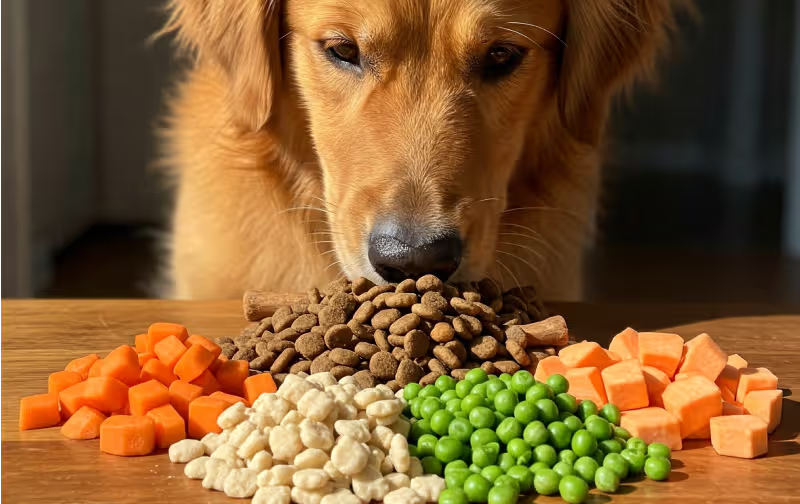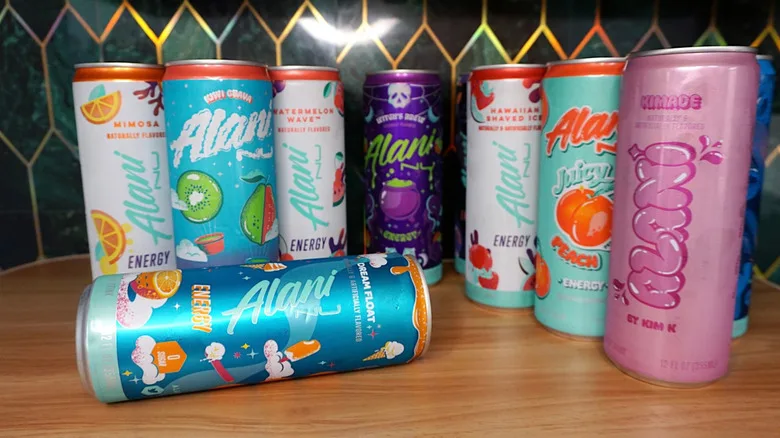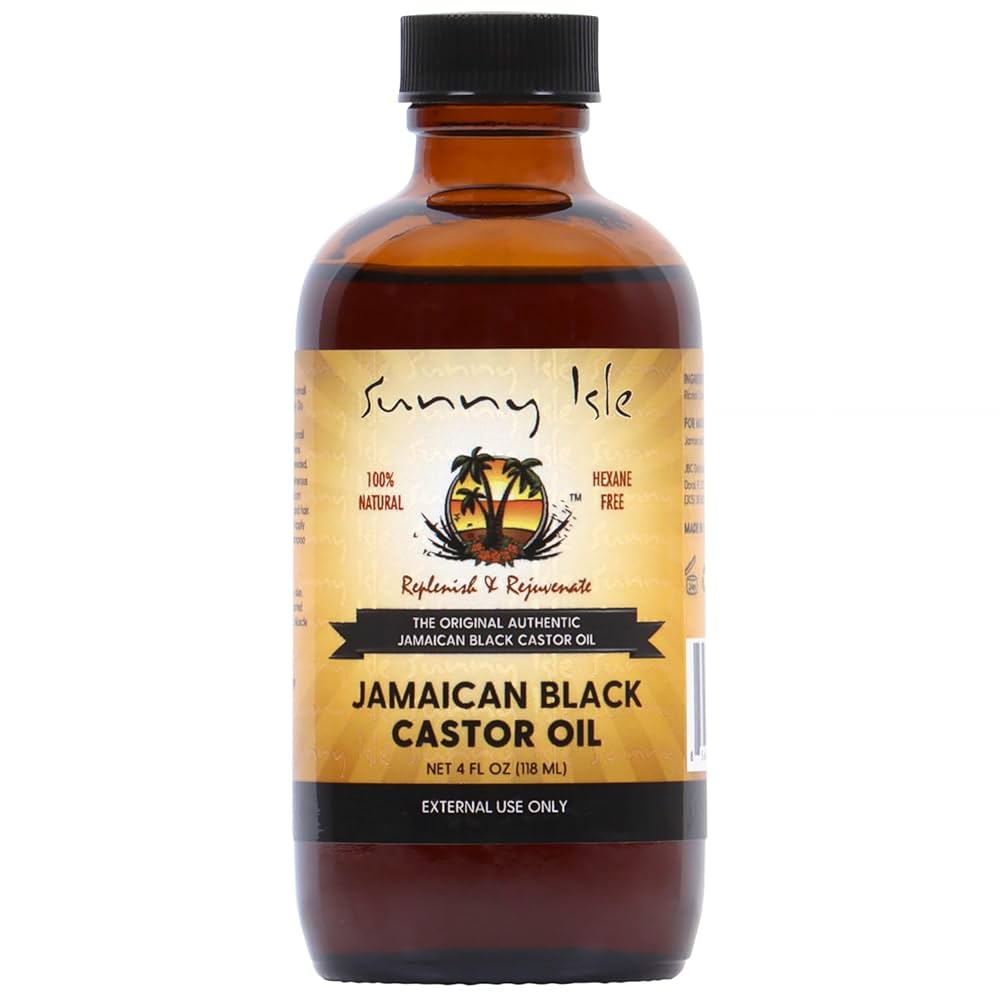vIf you’ve ever browsed the pet food aisle, you’ve likely seen bags labeled “grain free dog food.” It’s become one of the most talked-about trends in pet nutrition. Many dog owners believe it’s healthier, more natural, and easier on digestion. But is it really better for your furry friend?
In this guide, we’ll break down what grain free dog food actually is, its pros and cons, and how to decide if it’s right for your pet. Let’s dive in.
What Is Grain Free Dog Food?
As the name suggests, grain free dog food is made without common grains like:
Wheat
Corn
Rice
Oats
Barley
Rye
Instead of these grains, manufacturers often use alternative carbohydrates such as:
Sweet potatoes
Peas
Lentils
Chickpeas
Potatoes
The goal is to create a diet that mimics what dogs’ wild ancestors (like wolves) might have eaten — more protein, fewer carbs, and no processed grains.
Why Grain Free Dog Food Became Popular
The rise in grain free dog food came from two main beliefs:
Food allergies and sensitivities – Many pet owners noticed their dogs had itchy skin, ear infections, or stomach issues and assumed grains were the cause.
The “natural diet” trend – Some people believe dogs should eat diets similar to their wild relatives, which don’t include grains.
These ideas helped popularize grain free formulas, which promise high protein, low carbs, and “ancestral-style” nutrition.
The Truth About Dog Food Allergies
Before switching to grain free food, it’s important to understand what really causes allergies in dogs.
Common Dog Allergens
Surprisingly, grains are not the most common culprit. The main food allergens for dogs are:
Beef
Chicken
Dairy
Eggs
Lamb
Soy
While some dogs may react to grains, it’s relatively rare. So, a grain free diet isn’t always necessary unless your vet identifies a true grain allergy or sensitivity.
Key Ingredients in Grain Free Dog Food
When you pick up a bag of grain free dog food, you’ll often see ingredients like:
| Category | Common Ingredients |
|---|---|
| Protein Sources | Chicken, beef, salmon, turkey, duck, venison |
| Carbohydrate Alternatives | Peas, lentils, chickpeas, potatoes, sweet potatoes |
| Healthy Fats | Fish oil, flaxseed, chicken fat |
| Fruits & Vegetables | Carrots, blueberries, spinach, apples |
These ingredients provide energy, vitamins, and minerals — but not all grain free foods are created equal. Some brands may overload the formula with peas or lentils to replace grains, which can affect nutrient balance.
Benefits of Grain Free Dog Food
Many dogs thrive on grain free diets. Here are some possible benefits:
Better Digestion
Dogs with sensitive stomachs sometimes find grain free formulas easier to digest, especially if they struggle with corn or wheat.
Healthier Skin and Coat
The high-quality animal proteins and omega fatty acids in grain free food may help reduce skin irritation and promote a shiny coat.
More Energy
With more protein and fat, dogs often feel more energetic and active. This is great for working dogs or high-energy breeds.
Reduced Allergic Reactions
If your dog is truly sensitive to grains, removing them can help relieve symptoms like itching, ear infections, and digestive upset.
Potential Drawbacks of Grain Free Dog Food
Despite the benefits, grain free isn’t always the best choice for every dog. Let’s look at the potential downsides.
Higher Cost
often costs more than regular kibble because it uses premium ingredients and alternative carbs.
Possible Nutrient Imbalance
Some grain free recipes rely heavily on peas and lentils, which may affect the absorption of certain nutrients like taurine — an amino acid vital for heart health.
Link to Heart Disease (DCM Concern)
The U.S. FDA has investigated a potential link between certain grain free diets and dilated cardiomyopathy (DCM), a type of heart disease in dogs. While the research is still ongoing, it’s a reminder to choose reputable brands and consult your vet.
Not Necessary for All Dogs
If your dog has no grain sensitivity, removing grains may not provide any real benefit. Whole grains like brown rice and oats actually offer fiber and nutrients.
Grain Free vs Regular Dog Food
Here’s a quick comparison to help you decide which might suit your dog better:
| Feature | Grain Free Dog Food | Regular Dog Food |
|---|---|---|
| Carbohydrates | Uses peas, potatoes, lentils | Uses wheat, corn, rice |
| Protein Content | Usually higher | Moderate |
| Cost | More expensive | More affordable |
| Allergy-Friendly | Good for dogs with grain sensitivity | Suitable for most dogs |
| Digestibility | May help sensitive stomachs | Often easier for most dogs |
The best choice depends on your dog’s age, breed, activity level, and health condition.
How to Choose the Best Grain Free Dog Food
Picking the right food can be confusing with so many options out there. Here’s what to look for:
Check the First Ingredient
Ensure a high-quality animal protein (like chicken, beef, or salmon) is listed first — not peas or potatoes.
Avoid Fillers
Stay away from foods that list multiple legumes or starches as top ingredients. These can inflate protein numbers artificially.
Look for Balanced Nutrition
Choose brands that meet the AAFCO (Association of American Feed Control Officials) nutritional standards. This ensures your dog gets all essential nutrients.
Read the Label Carefully
Watch for added sugars, artificial colors, or preservatives. Opt for natural and whole-food ingredients.
Consult Your Veterinarian
Before switching to a grain free diet, talk to your vet — especially if your dog has any heart, digestive, or allergy issues.
Who Should Feed Grain Free Dog Food?
is best suited for:
Dogs diagnosed with grain allergies or sensitivities
Pets with chronic skin or digestive issues that improve without grains
Active or working dogs needing high protein diets
Owners who prefer a natural or ancestral-style diet for their pets
However, senior dogs or breeds prone to heart disease may do better on balanced diets that include whole grains.
Signs Your Dog Might Benefit from Grain Free Food
Watch for these signs — they might suggest your dog could benefit from a grain free diet:
Frequent scratching or licking
Recurrent ear infections
Loose stools or bloating
Dull coat or excessive shedding
Lethargy after eating
If these symptoms improve after switching to grain free food (with your vet’s approval), it might be a good fit.
Homemade Grain Free Dog Food (Simple Example)
If you prefer making your own dog food, here’s a basic recipe idea (consult your vet first):
Ingredients:
1 lb lean ground turkey
1 cup chopped spinach
1 cup diced carrots
1/2 cup peas
1/2 cup cooked lentils
1 tbsp olive oil
Instructions:
Cook the turkey thoroughly in a pan.
Add the vegetables and cook until soft.
Mix in olive oil and let cool.
Serve appropriate portions or store in the fridge for up to 3 days.
This provides a healthy, grain free meal made from whole ingredients — though it should be supplemented for full nutrition.
Tips for Switching to Grain Free Dog Food
Changing your dog’s diet too quickly can cause stomach upset. Follow these steps:
Transition gradually: Mix 25% new food with 75% old food for the first 2–3 days.
Increase slowly: Move to a 50/50 mix for a few more days, then 75/25.
Watch for reactions: Monitor your dog’s stool, energy, and coat condition.
Full switch: After about 7–10 days, transition fully to grain free food if no issues appear.
Myths About Grain Free Dog Food
Let’s clear up some common misunderstandings:
Myth 1: All grains are bad for dogs.
Fact: Whole grains like oatmeal and barley provide beneficial fiber and nutrients.
Myth 2: Grain free food prevents all allergies.
Fact: Most dog allergies come from protein sources, not grains.
Myth 3: Grain free is always more nutritious.
Fact: Nutrition depends on the formula quality, not just the absence of grains.
Myth 4: Grain free diets are dangerous.
Fact: They are safe when formulated properly and chosen wisely under vet guidance.
Best Practices for Feeding Your Dog
Whether you choose grain free or not, always:
Feed age-appropriate food (puppy, adult, senior).
Provide fresh water at all times.
Maintain a consistent feeding schedule.
Avoid feeding too many treats.
Schedule regular vet checkups to monitor health.
Final Thoughts: Is Grain Free Dog Food Right for Your Pet?
Grain free dog food can be an excellent option — but it’s not a one-size-fits-all solution. For dogs with true grain allergies, sensitive digestion, or high protein needs, it can improve health and energy. However, for most dogs, a balanced diet with wholesome grains works just as well.
The best choice depends on your dog’s unique needs, health status, and vet recommendations.
At the end of the day, the goal isn’t just to go grain free — it’s to ensure your furry friend gets complete, balanced, and nourishing nutrition for a happy, healthy life.
Summary:
Grain free dog food removes grains like wheat and corn, replacing them with peas or sweet potatoes.
It may help dogs with allergies or sensitivities but isn’t necessary for all.
Always choose balanced formulas and consult your vet before switching.










Leave a Reply